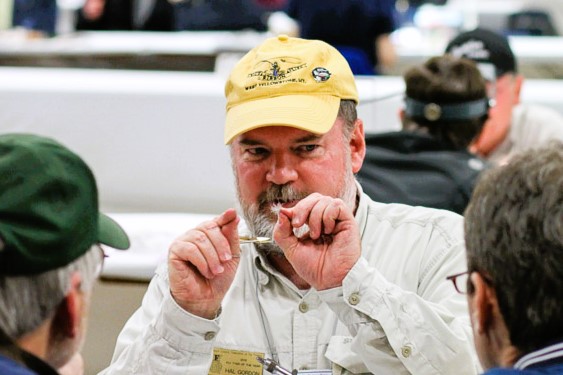Saturday, February 24th Fly Tying Demo Features Andrea Jeffreys

Andrea Enjoying a Nice Fish
Andrea, born in Sacramento, California in 1989 was raised to love outdoor adventures. In a few years her family moved to Utah, and she fell in love with fly fishing. It began through her dad, Scott Harmon, bribing her and siblings to watch any & all fly fishing videos. After many hours of SA dvds, dad Scott took them to the river and offered twenty dollars for the first, biggest and most trout caught. Andrea won that contest by outfishing her siblings to the extent they no longer held an interest in fishing. In 2007 after graduating high school Andrea asked to attend a guide school in Montana to pursue her fly fishing passion. Andrea’s dad agreed on the condition he also would attend, and here Andrea was introduced to fly tying. Trout Bum 2 in Park City, Utah gave Andrea her first chance in the industry. In 2014 she was offered an exclusive guiding opportunity in Francis, Utah. A couple of the guides there introduced her to pursuing steelhead on a swung fly. With the help, experience & patience of her friends & mentors she landed, in 2015, her first steelhead using a Blue Sparcy tied by Aaron Adams. That event inspired her to take to the vice to create steelhead patterns in hopes to entice the next connection. Emery, Andrea’s oldest son landed his first steelhead in 2020 swinging one of his mom’s ties during a mom and son camping trip. You’ll find Andrea, her three kids and black lab Juniper out camping, biking, and fishing creations tied up for Utah, Wyoming, Idaho, or Oregon waters. Andrea currently guides around Park City on local rivers and seasonal small streams. These guide services include Stonybrook Fly Fishing, Rocky Mountain Outfitters, Park City Guides. During her demo, Andrea will offer her patterns that have produced well on these waters.




